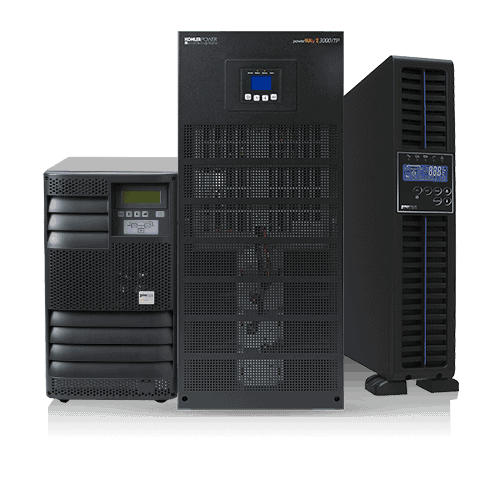While winter conditions are unlikely to directly affect ICT equipment that’s securely protected in your controlled data centre or office environment, they can certainly impact the utility power delivered to your site. 2015 was a mild winter, but there’s no guarantee that 2016 will be the same.
In a panel debate on winter blackouts between Lord Rupert Redesdale, CEO of the Energy Managers’ Association and Jon Ferris, Strategy Director at Utilitywise, Lord Redesdale stated that there is a risk of about 80% that the UK may suffer from blackouts or brownouts during winter 2016. This risk is due to the National Grid not having sufficient capacity to manage peak demands during the winter time.
Other reports also suggest a winter shortfall, although some commentators, such as the Telegraph in February, say that it will be met by emergency measures and importing power. In any case, a need to plan for power uncertainty is indicated for any organisation that has sensitive equipment or a need for a continuously available IT resource. If you’re within such an organisation, you almost certainly have a UPS system to provide power protection – but can you rely on it to deliver for you if it’s put to the test?
Accordingly, now would be a good time to plan a UPS maintenance visit if you haven’t already done so. The moment when the mains power fails is not the best time to discover your UPS battery capacity isn’t what you thought it was. Battery operating lives are always finite, and never reach the design lives quoted by the battery manufacturers. Design life figures are based on closely-specified charging conditions and ambient temperatures, with a set number of charge and discharge cycles. As complying with these ideal specifications in a real UPS environment is difficult or impossible, the battery’s life will be shorter accordingly.
Fortunately, UPS battery condition can be checked, and problems spotted before they can cause on-line failures. The most popular approach for the VRLA lead-acid batteries usually found in modern UPS installations is battery impedance testing. This works because almost any problem within a battery causes a rise in its internal impedance, and impedance is relatively easy to measure without discharging the battery. Cells that exhibit an impedance significantly above that of their neighbours can be removed, inspected and replaced. Increasing numbers of high impedance cells also indicate that the entire UPS battery is nearing its end of life and needs replacing.
Load bank testing is useful as it reveals UPS battery capacity, but should be used sparingly as it expensive and disruptive. It also discharges the batteries, which can reduce their life and possibly cause undercharging or overcharging damage.
An onsite UPS maintenance technician can also ensure other aspects of UPS health and pre-empt potential failures through a programme of checks and repairs including:
- Site log incident check, instrument and status indication checks
- Switchgear operation
- Air flow checks and air filter replacement
- Ensure equipment is clean, tidy and unobstructed
- Check components, especially capacitors, for ageing and damage, and wiring for loose connections
- Check for normal environmental conditions, UPS operation, voltages and waveforms
- Update site log
Naturally, these UPS battery checks and other UPS maintenance tasks demand some management effort, but the possible alternative – a UPS failing on demand – would be far more costly, time-consuming and potentially damaging.
Follow us on LinkedIn for regular industry articles & company information







